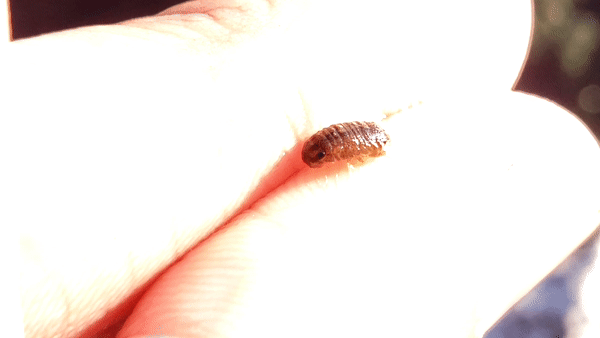What do people from California and Arizona have in common? Not much, except Taco Bell, Mickey D's and perennial drought. But one thing that binds people living in either of those states is when an outsider from another country like the UK quips "Isn't it weird that eating bread in the US is like eating a cake, both tastes so sweet".
That is when Californians and Arizonians would unite and shout "How dare you to take digs at our high fructose corn syrup! The UK couldn't even keep their marriage alive with the European Union". At that point, the person from UK would sigh "You are both cut from the same cloth"
Being "cut from the same cloth" implies being similar in behavior or characteristics. Now, we know that Pill bugs/roly-poly bugs originally came from water to spend their lives on the soil and roll themselves into a ball when they sense danger. In this post we will meet one of their cousins that they left behind in the water.
1. Merino wool
2. Manuka Honey
3. Egg Beaters
4. The practice of jogging
5. Disposable syringes
And then there are some things we wished they hadn't. Take the example of the New Zealand Mud Snail. Another one on that list is the New Zealand Burrowing Isopod. Like its close cousin, the roly-poly it does one thing really well; act all cute and cuddly.
Unlike Roly-polies though, these ones are found in salt marshes where they make a living by borrowing into mud. While they typically burrow into mud, they are not shy of burrowing into wood. At first you might think that's cute, but they end up causing damage to the wooden structures in docks and levees in salt marsh restoration areas. The holes they drill into weakens the structure making them more vulnerable to collapse in the future. But this post is not about bad mouthing these adorable creatures, it is about appreciating them. Another clue that gives away that these isopods are cousins of the roly-poly is the behavior of rolling into a ball when they sense a threat.
Since we know some of the behaviors of roly-polies and these burrowing isopods are cut from the same cloth, there are a lot of common themes you will observe.
Just like the pill bugs or sow bugs, where you find one New Zealand Burrowing Isopod, you know there are many more just hanging around the corner.
See if you can spot something weird on this New Zealand Burrowing Isopod while it is doing crunches.
Uuuuuh, that it is not wearing any pants while doing the crunches. No, you dum-dum, look at the yellow colored thing crawling on the underside of its body. Just like kangaroos, these burrowing isopods carry their babies till they are old enough to fend for themselves. For millennials these days, that age is 45.








No comments:
Post a Comment
Did you learn something new in this post? Let us know in the comments below